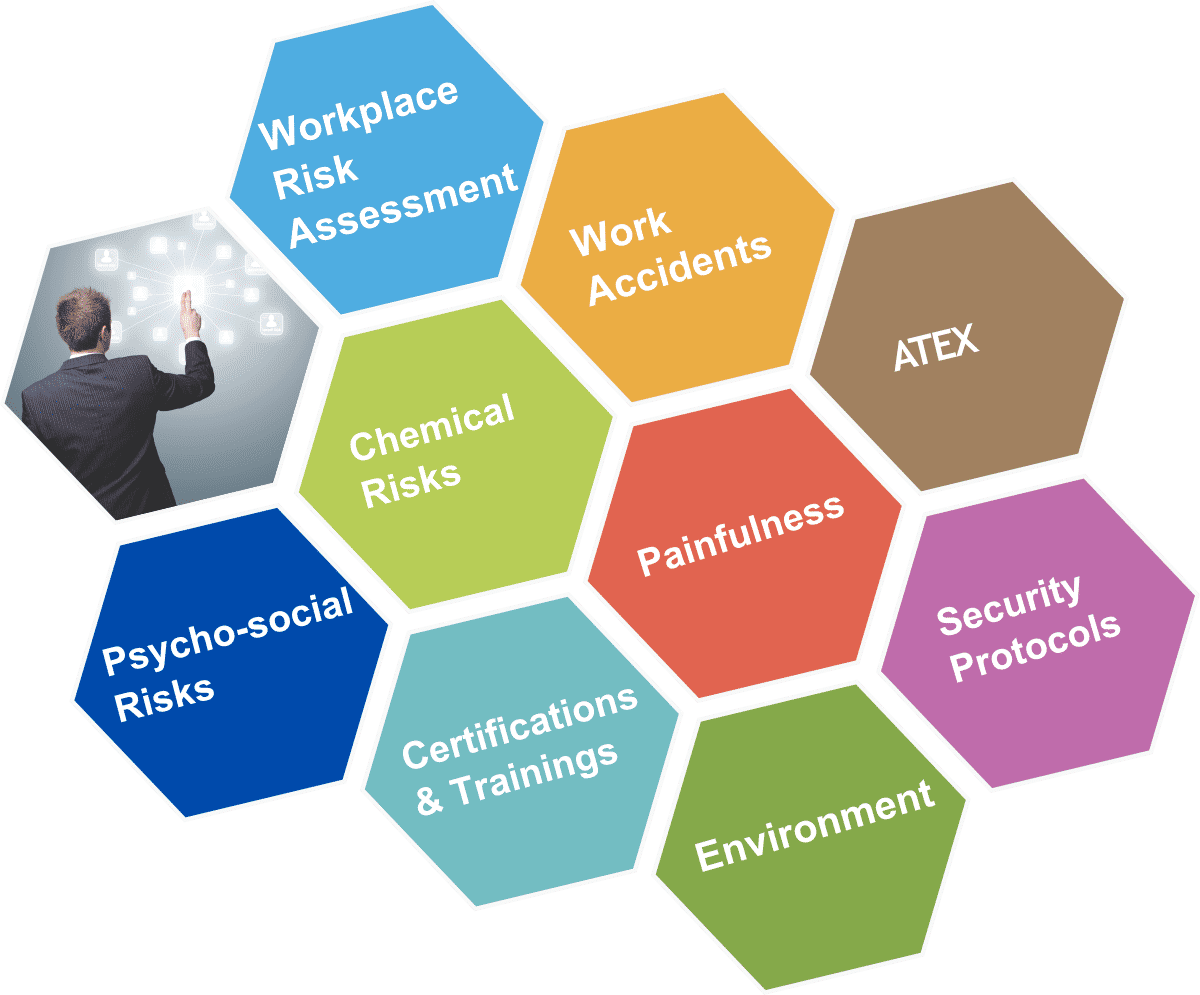Health, Safety, and Environment (HSE) and Risk Management

In business, risks come in all shapes and forms, but it’s not exclusive to market trends and economic development. A business has numerous risks, but the most important is the safety of its employees. Where there is risk, there must also be risk management.
Enter: the discipline of Health, Safety, and Environment (HSE). It is their task to increase the safety of the workplace, and to help employees feel protected.
Improving Workplace Safety: Getting Feedback

To improve workplace safety, businesses must first identify areas of improvement. And what better way to accomplish this than by soliciting employee feedback? Your employees are the ones most at risk, and the ones who ultimately stand to benefit most from improved health and safety procedures.
But getting their feedback is another matter entirely. Traditional methods of data gathering for HSE include physical workshopping and post-it thought-boarding. However, these methods can be notoriously long-winded; employees find them to be unfocused, boring, confusing, repetitive, and time-consuming.
What’s worse is when this tedious process yields little to no tangible result. After putting in work to bring forward their issues and concerns, seeing no changes in the workplace can be disheartening.
A tedious and ineffectual data-gathering strategy will only discourage your teams from engaging in the process ever again. Once you have asked for participation, it is critical to follow through. Employees will be more motivated to collaborate if they feel that their efforts are noticed and acted upon.
So what’s the best way to make sure your risk management sessions yield results?
Prioritize
When dealing with health and safety concerns, you must decide what needs immediate action, and what can wait for further assessment.
Without good organization, important action items may become jumbled or lost in the process. It’s critical to be able to highlight key problem areas. Once these important issues have been identified and prioritized, only then can you direct thought and action towards making effective change.
Set Timelines
If your employees see that their efforts yield timely outcomes, they will be more willing to engage in the process. Look at each item on your list. Does it have a clear cause and effect? How can it be dealt with effectively? Once you’ve identified a problem that has a tangible, actionable outcome, set a deadline to resolve it and list the steps you’ll take to get there.
Take Action
The primary goal of HSE data gathering should be to make the workplace safer. Making these changes will help motivate your employees to contribute to future data gathering sessions. If they don’t believe things can and will change, why would they make the effort?
Employees don’t want lip service to safety. They want actionable items that will positively affect their everyday lives. By showing them that you’re dedicated to meaningful change, they’ll return the favor with active participation in HSE brainstorming.